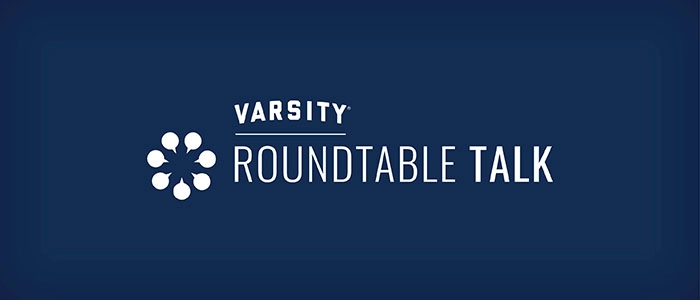Last year, we welcomed Lindsey Beagley to talk about Mirabella at Arizona State University and how it redefines senior living through lifelong learning and intergenerational connections.
More recently on Varsity’s Roundtable Lindsey returned with Sherri Harris, a Mirabella at ASU resident, and Charity Morrison, an ASU student. In a unique Q&A-style Roundtable, Sherri and Charity talked about how they’ve forged friendships that span generations and offer a closer look at the ASU artists-in-residence program.
IMMERSIVE INTERGENERATIONAL LIVING
The Artists in Residence program at Mirabella at ASU brings together doctoral-level students and senior residents through music and shared experiences. Students live on-site and lead nearly 400 events annually, building meaningful relationships that blur generational lines and create a strong sense of community.
SELECTION BY THE PEOPLE, FOR THE PEOPLE
Student residents aren’t just chosen by faculty—they’re interviewed, auditioned and selected by Mirabella’s own residents. This helps ensure a great musical fit and a strong social dynamic, which is key to the program’s success and longevity.
PROFESSIONAL GROWTH, PERSONAL REWARD
Student artists receive housing and meals, but the real value lies in the experience. Frequent performances, hands-on engagement, and deep community ties offer a level of professional development that traditional music programs simply can’t match.
A MODEL THAT’S BUILT TO TRAVEL
You don’t have to be on a college campus to make this work. With the right partners and a little creativity, any senior living community near a university could adapt this model to build intergenerational connections and attract residents.
FRIENDSHIPS THAT GO BEYOND MUSIC
The bonds formed in this program are real. Residents and students support each other’s goals, celebrate life together and often form chosen families—proof that meaningful friendships thrive across generations when people are simply open to connection.
Varsity’s Roundtable is a weekly virtual gathering of senior living marketers and leaders from across the nation. For updates about future weekly Roundtable gatherings, submit your name and email address here.
